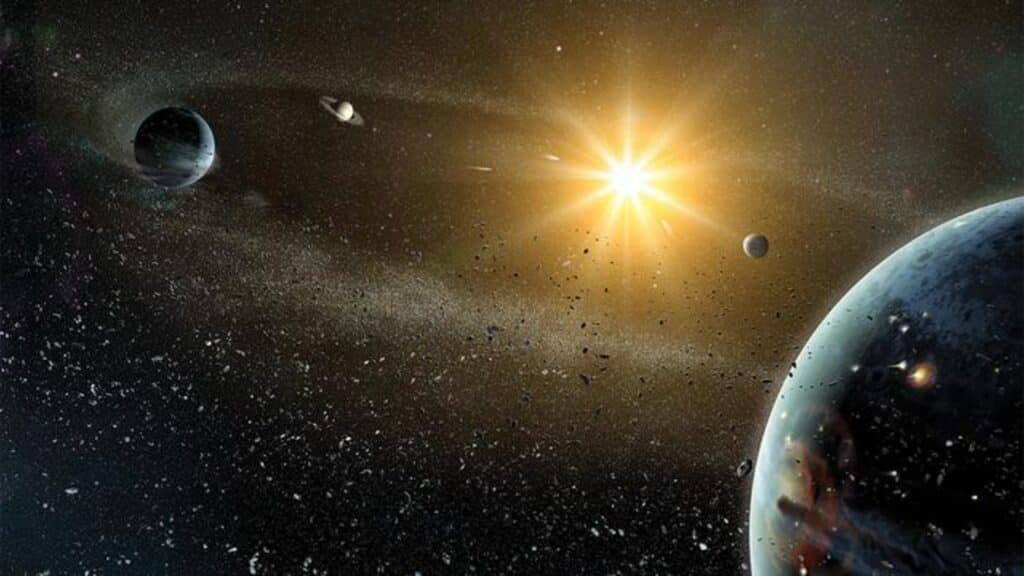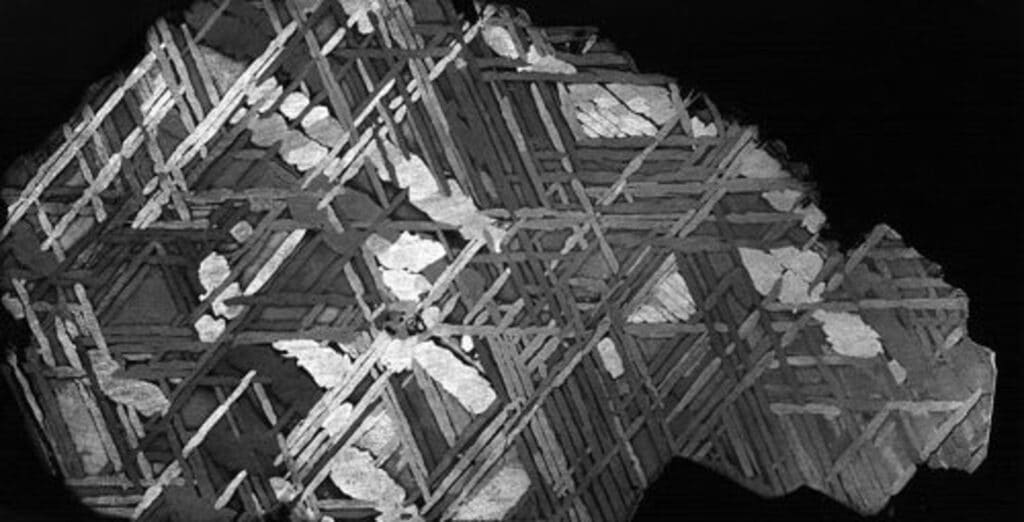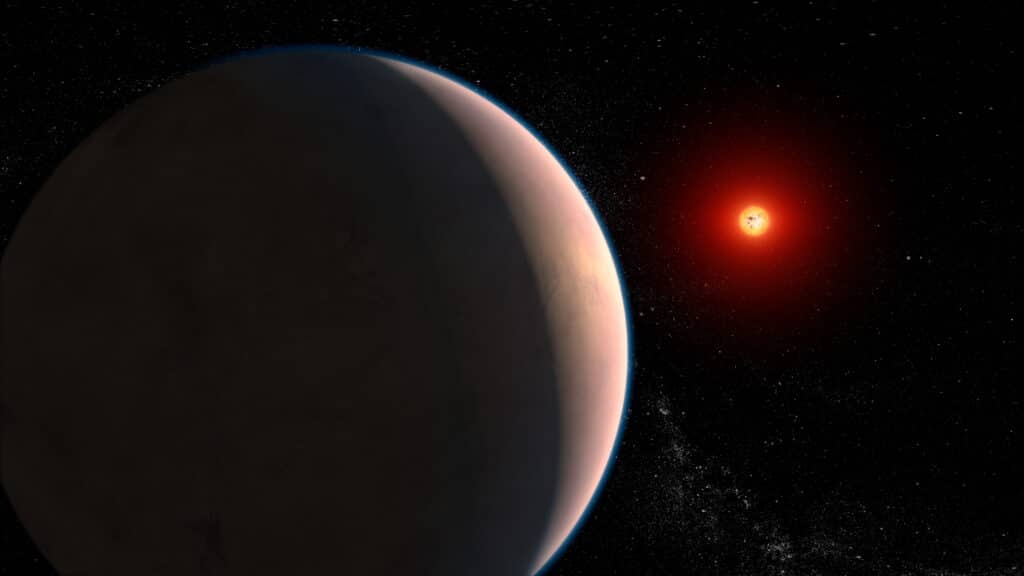A new understanding of our solar system’s infancy is challenging existing astrophysical models and reshaping beliefs. Researchers at the California Institute of Technology have found compelling evidence that the earliest building blocks of Earth and other planets, known as planetesimals, formed in the presence of water.
About 4.56 billion years ago, our solar system was a swirling disk of gas and rocky dust. Over millions of years, this dust gradually coalesced into kilometer-sized planetesimals, the precursors to planets like Earth. Researchers have long pondered whether these planetesimals contained water during their formation.

The team studied iron meteorites, which are remnants of the metallic cores of early planetesimals. These meteorites do not contain water now, but they bear chemical signatures hinting at past water presence. Water, composed of two hydrogen atoms and one oxygen atom, can transfer its oxygen atom to other elements in a process called oxidation. This process affects the composition of materials like iron, which can form various oxides, indicating prior interaction with water.
Oxidation and Chemical Analysis
Study first author Damanveer Grewal, a former Caltech postdoctoral scholar, explained how they used chemical signatures from these meteorites to infer water’s presence. They specifically looked at the relative amounts of metallic nickel, cobalt, and iron. If iron was found to be “missing,” it suggested that it had been oxidized, likely by water.
Scientists discovered that iron meteorites thought to be from the inner solar system had similar amounts of missing iron metal as those from the outer solar system. This implies that planetesimals in both regions formed in an environment with water.

“Iron meteorites have been somewhat neglected by the planet-formation community, but they constitute rich stores of information about the earliest period of solar system history, once you work out how to read the signals,” says Asimow in a media release. “The difference between what we measured in the inner solar system meteorites and what we expected implies an oxygen activity about 10,000 times higher.”
Challenges to Current Models
This finding challenges current astrophysical models that suggest the inner solar system was too hot for water during the formation of these planetesimals. It suggests that either the early inner solar system was cooler than thought or that these planetesimals formed further out in the solar system and migrated inward.
“If water was present in the early building blocks of our planet, other important elements like carbon and nitrogen were likely present as well,” says Grewal. “The ingredients for life may have been present in the seeds of rocky planets right from the start.”
“However, the method only detects water that was used up in oxidizing iron,” adds Asimow. “It is not sensitive to excess water that might go on to form the ocean. So, the conclusions of this study are consistent with Earth accretion models that call for late addition of even more water-rich material.”

This study, funded by a Barr Foundation Postdoctoral Fellowship and NASA, opens new vistas in our understanding of the early solar system and the formation of rocky planets. It suggests a more water-rich beginning for planets like Earth, potentially rewriting the narrative of how life’s ingredients came together in the solar system.
The study is published in the journal Nature Astronomy.












